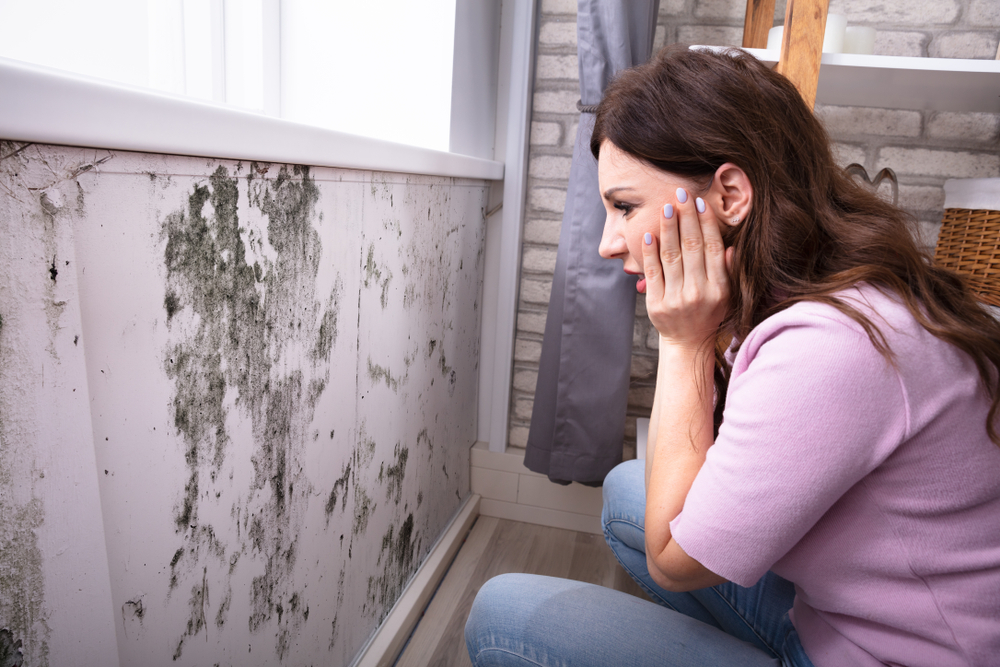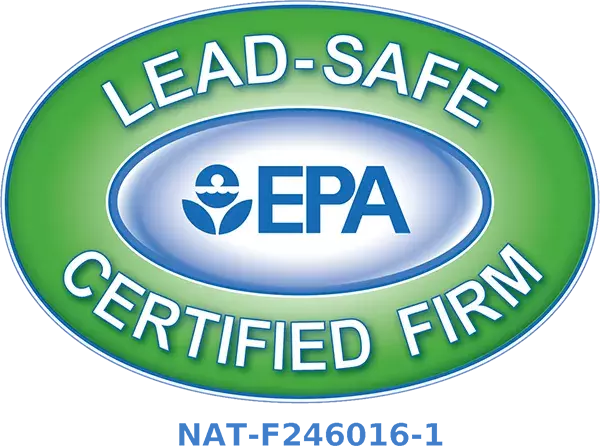Mold is a problem in any home, and the summer is the ideal time for mold growth. Preventative measures to ensure your home is mold-free can help you manage your mold issues and stop growth before it starts. If you don’t stop it, you’ll need to determine how to clean your home thoroughly, which could be very costly. Moreover, mold can be dangerous to living organisms, affecting not only your own and your family’s lives but your pet’s as well. So what steps do you need to take to ensure your home is mold-free?
Clean Your Home
Mold tends to grow on moist surfaces that remain undisturbed for a long time. Cleaning helps you get rid of mold spores before they get a chance to take root and ruin whatever surface they land on. Moisture is essential to mold growth, but by removing this moisture from surfaces, you can prevent mold from cropping up there. Mold also needs some sort of nutrient, and old cooking oil, soap scum, and even regular dirt can provide that medium for mold growth. Cleaning helps to manage all of these substances and keep them from settling long enough to allow mold to grow and endanger your family’s health and wellbeing.
Keep an Eye on Interior Humidity
Moisture is necessary for mold growth, and humid air may have all the moisture mold spores need to start growing and causing problems. In the summer, humidity is usually at its yearly high, meaning that homes need to have practical ways to control it to limit the spread of mold. Moisture that springs on walls and ceilings should be wiped up as soon as possible to limit the availability to mold. If you have packets of silica gel you’re not using, you can place them at strategic corners of the home and secure them from kids and pets. Fans in the kitchen and bathroom are another way to ensure that air is circulating and helping to evaporate the moisture collecting inside the home. Finally, if these measures prove unsuccessful, purchasing a dehumidifier may be necessary. These machines are pretty powerful, with many features including humidity readers and more.
Temperature Also Matters
Mold is picky about how warm a spot is when it’s getting ready to sprout. It won’t grow in frigid temperatures, nor will it grow in overly hot conditions. Mold’s ideal temperature range is anywhere between 77F and 86F. These temperatures are the average for summer, meaning that mold is most likely to feel at home and ready to grow during these months. If you have a central temperature control option, try to keep the temperature out of the optimal range. This will help you control mold growth, but you should keep an eye on moisture and clean every so often to stop spores from settling.
Conclusion
Mold can be truly terrible, and we must do everything in our power to keep it under control. All the methods described above are effective, and you might even need to use a combination of these to combat the problem. If you already have a situation where mold is visibly growing and the odors are present throughout your home, contact J&R Restoration for professional mold remediation services to ensure your home is mold-free.


